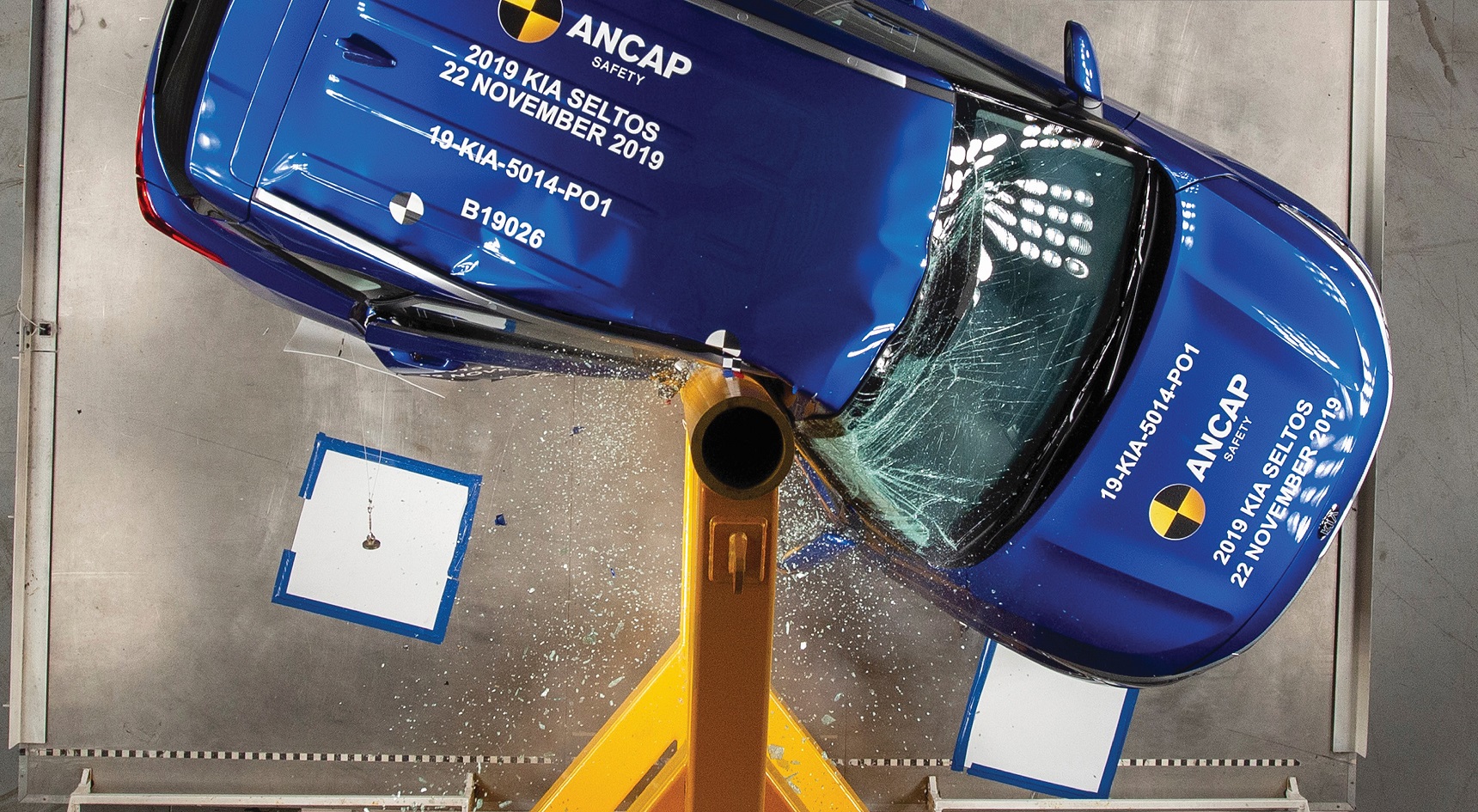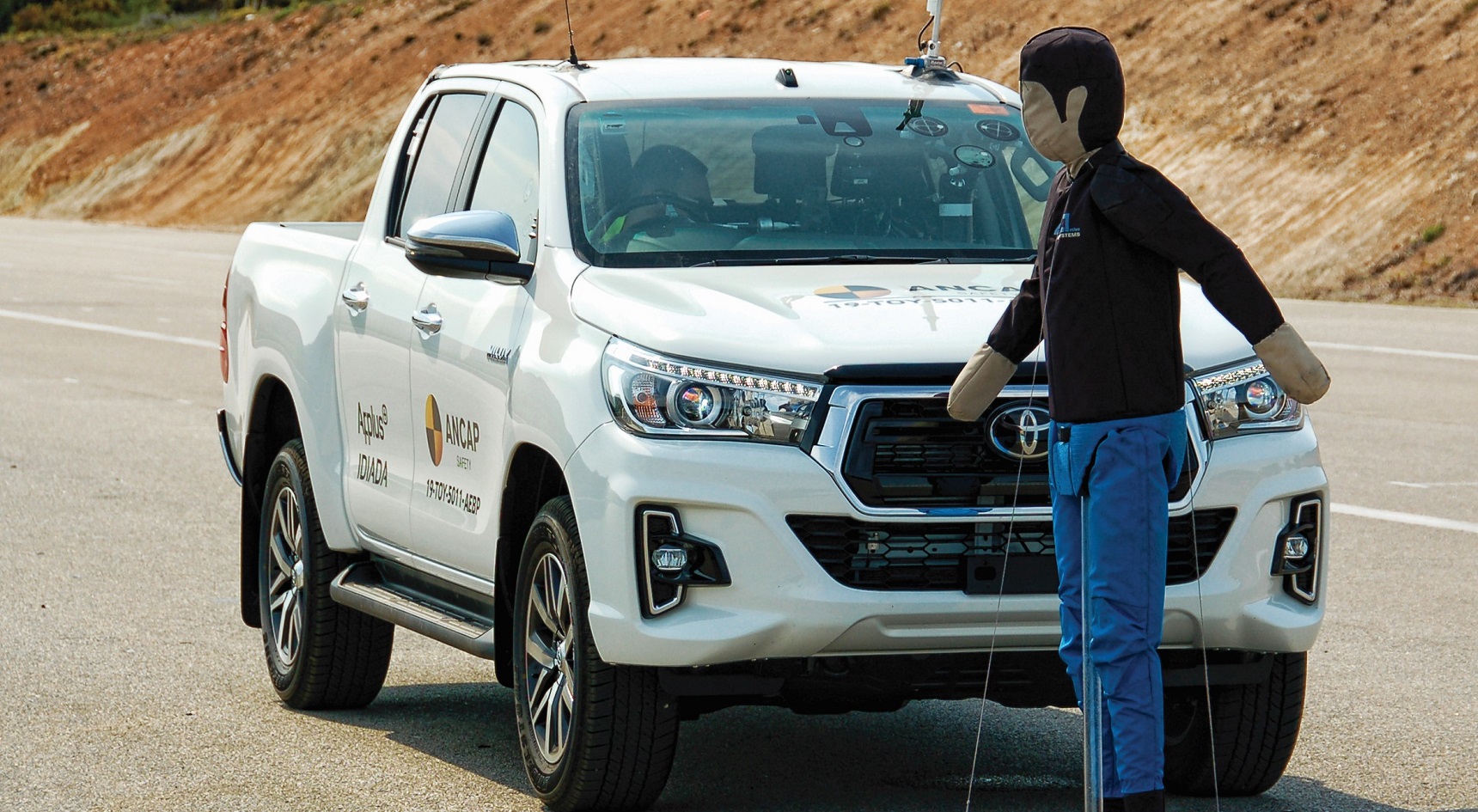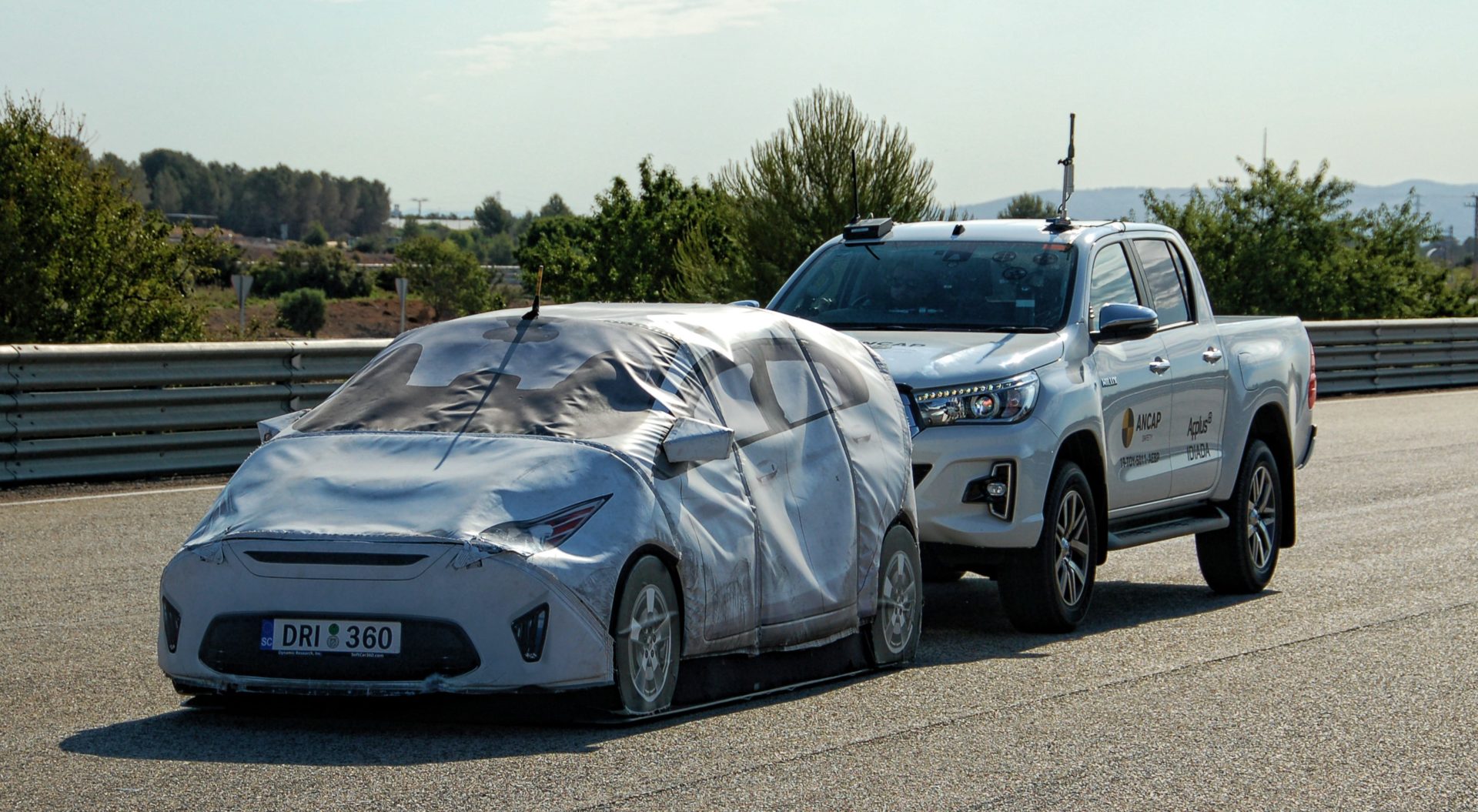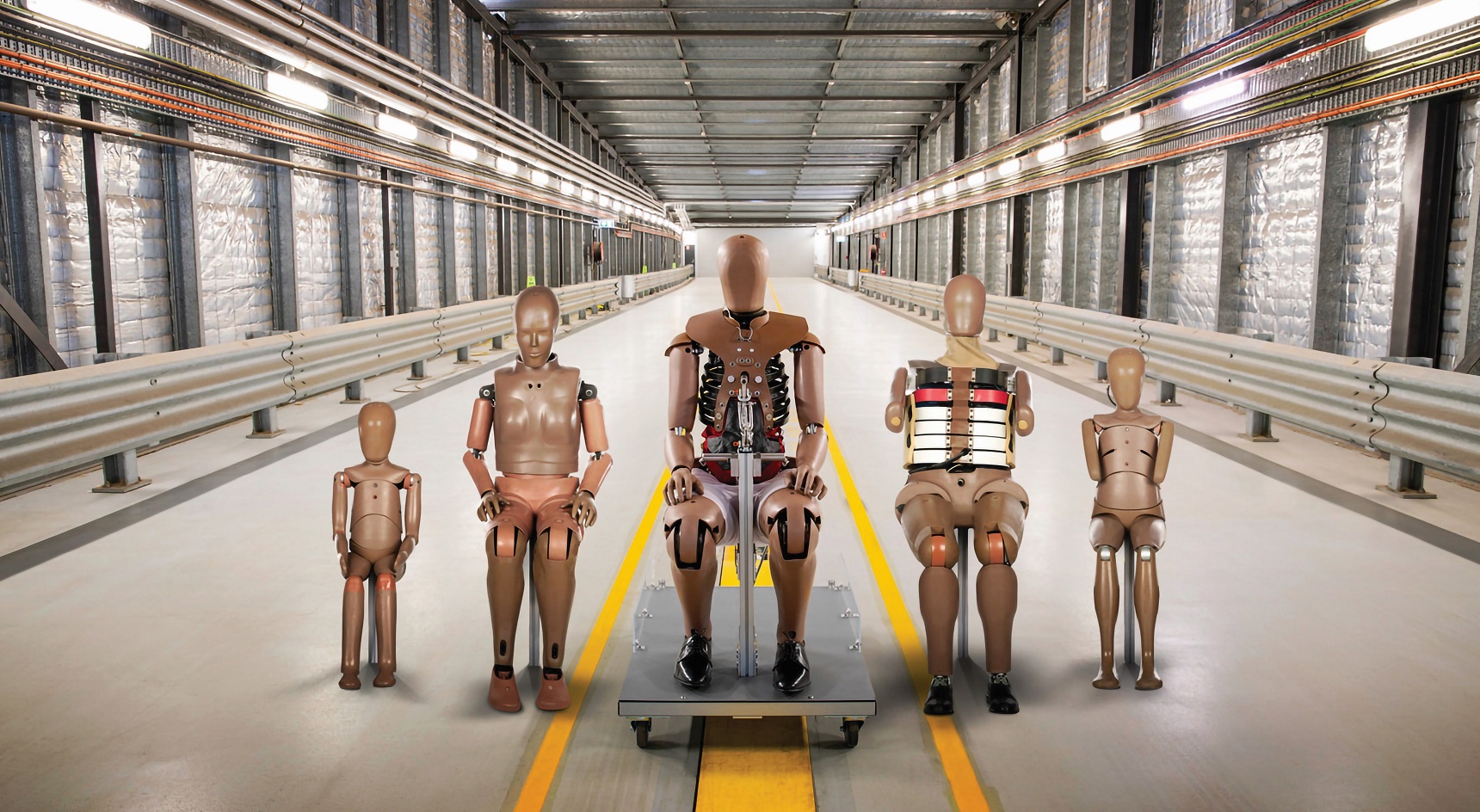ANCAP safety ratings explained
 Holly Scott was doing nothing wrong. It was late and the 22-year-old was driving to her boyfriend’s house, deep in the Adelaide Hills.
While navigating Diggings Rd near Chapel Hill, she overcorrected a turn, her car slamming into a tree.
After years of therapy, Holly still hasn’t completely recovered from her injuries.
“I broke both legs, shattered my pelvis, broke vertebrae in my back, fractured my right hip, damaged internal organs and had a massive head injury,” Holly bravely recounts.
“My head injury affects my balance, speech and vision. Trying to learn to walk again was a huge task – I went from a wheelchair to a walking frame to walking sticks, to finally being able to walk on my own.
“My recovery is ongoing – I’m always going to need some sort of help,” she says.
In 2017, when Holly crashed, she was driving a popular 2006 model car.
In almost all respects, it seemed like a sensible buy. The problem, however, was that it had no side airbags and, consequently, didn’t have a 5-star ANCAP safety rating.
Holly Scott was doing nothing wrong. It was late and the 22-year-old was driving to her boyfriend’s house, deep in the Adelaide Hills.
While navigating Diggings Rd near Chapel Hill, she overcorrected a turn, her car slamming into a tree.
After years of therapy, Holly still hasn’t completely recovered from her injuries.
“I broke both legs, shattered my pelvis, broke vertebrae in my back, fractured my right hip, damaged internal organs and had a massive head injury,” Holly bravely recounts.
“My head injury affects my balance, speech and vision. Trying to learn to walk again was a huge task – I went from a wheelchair to a walking frame to walking sticks, to finally being able to walk on my own.
“My recovery is ongoing – I’m always going to need some sort of help,” she says.
In 2017, when Holly crashed, she was driving a popular 2006 model car.
In almost all respects, it seemed like a sensible buy. The problem, however, was that it had no side airbags and, consequently, didn’t have a 5-star ANCAP safety rating.

Holly Scott recounting her story. Image: supplied

Holly Scott regularly speaks at RAA’s Street Smart High event. Image: Supplied
Enter ANCAP
ANCAP safety ratings are published for a range of new passenger, sports utility and light commercial vehicles entering the Australian and New Zealand markets. ANCAP star ratings range from 0-5 and indicate the level of safety a vehicle provides for occupants, pedestrians and cyclists in the event of a crash. “ANCAP has been around for 28 years – we were formed back in 1992 and issued our first safety ratings in 1993,” says Rhianne Robson, ANCAP’s Director of Communications and Advocacy. “There are currently 9 New Car Assessment Programs (NCAPs) around the world, with ANCAP being the second NCAP formed behind the United States.
ANCAP Kia Seltos oblique pole test. Image: ANCAP
Testing today
In 2020, ANCAP couldn’t be more serious about safety, putting new cars through their paces with an even broader range of complex tests. Vehicles are assessed in 4 key areas: Adult Occupant Protection, Child Occupant Protection, Vulnerable Road User Protection and Safety Assist.
ANCAP Toyota Hilux car-to-pedestrian crash test. Image: ANCAP

ANCAP Toyota Hilux car-to-car crash test. Image: ANCAP
Meet the family
The ANCAP dummy family consists of male, female, child and adult dummies in different shapes and sizes. Some are designed to provide insight into the effect of frontal impact crashes, while others are created exclusively for side-impact tests. Recently, the family welcomed a few new members. “Our dummy family has recently grown. We have male and female adult dummies, a 6-year-old, a 10-year-old and pedestrian and cyclist dummies,” says Ms Robson.
The ANCAP crash test dummy family. Image: ANCAP

